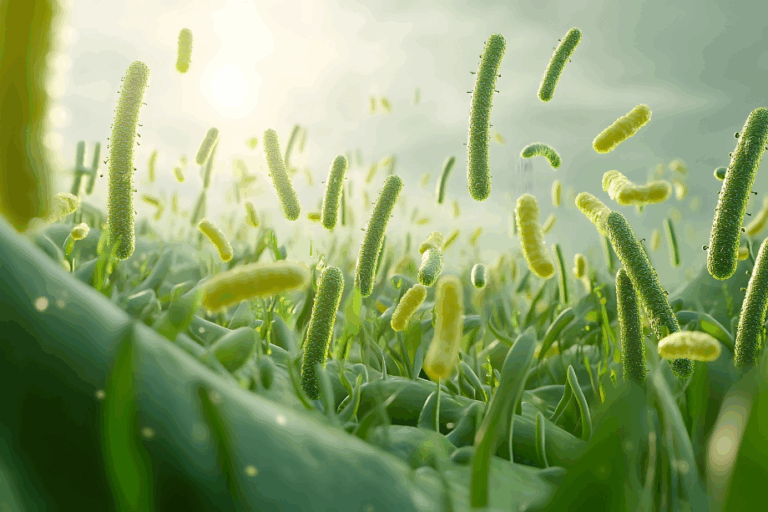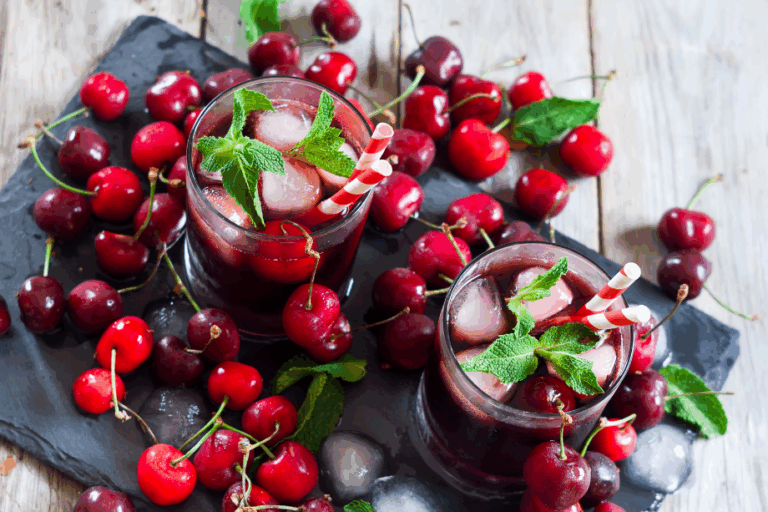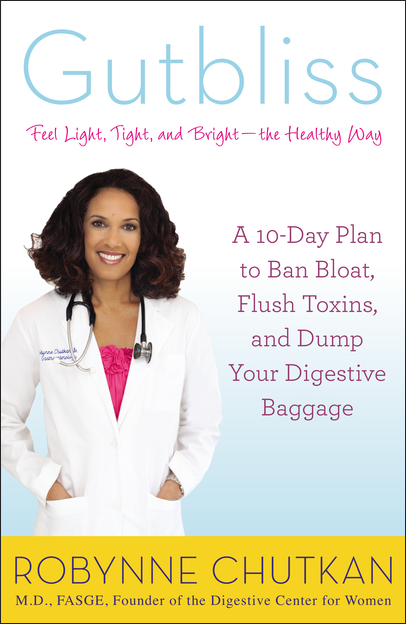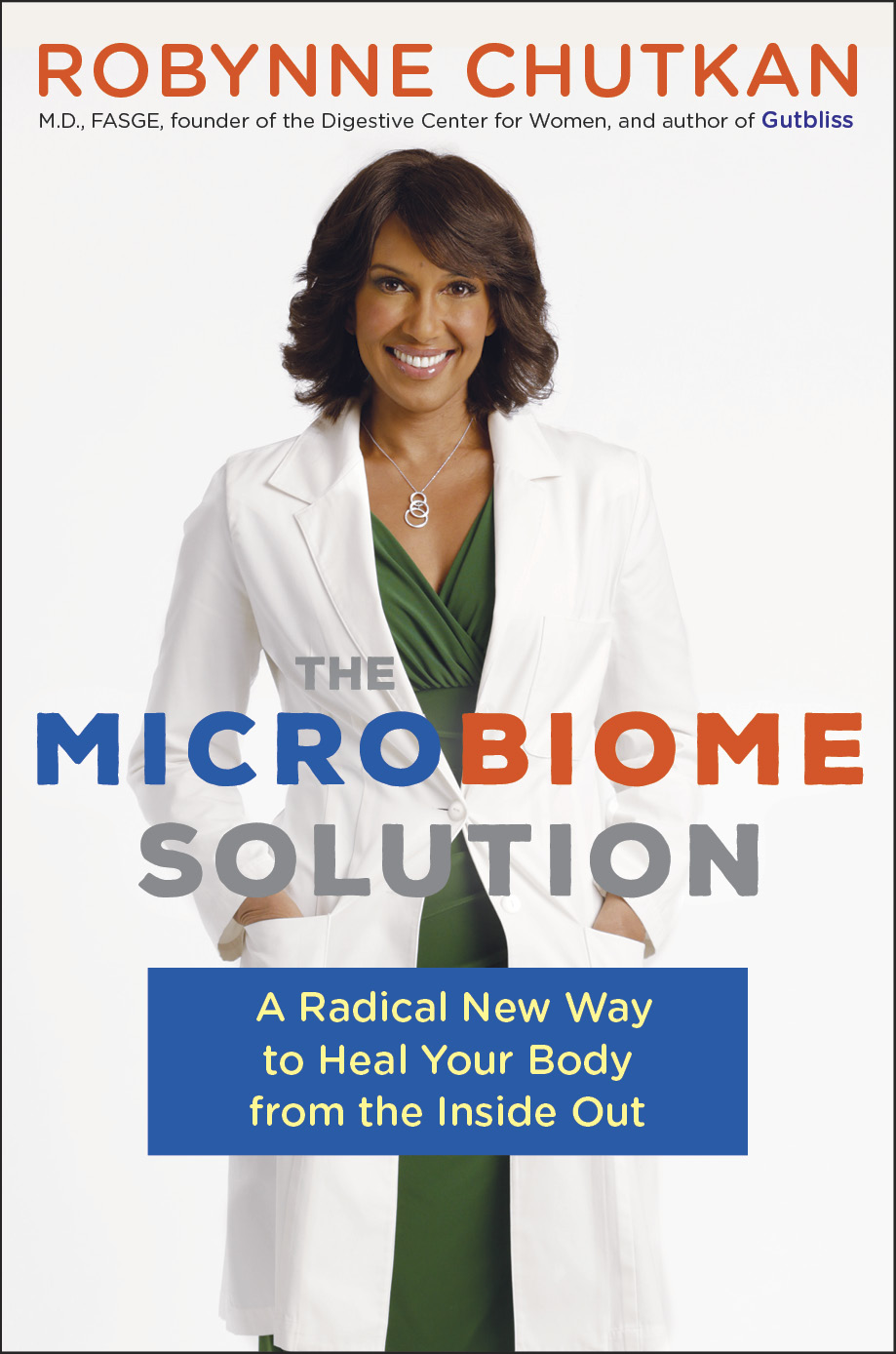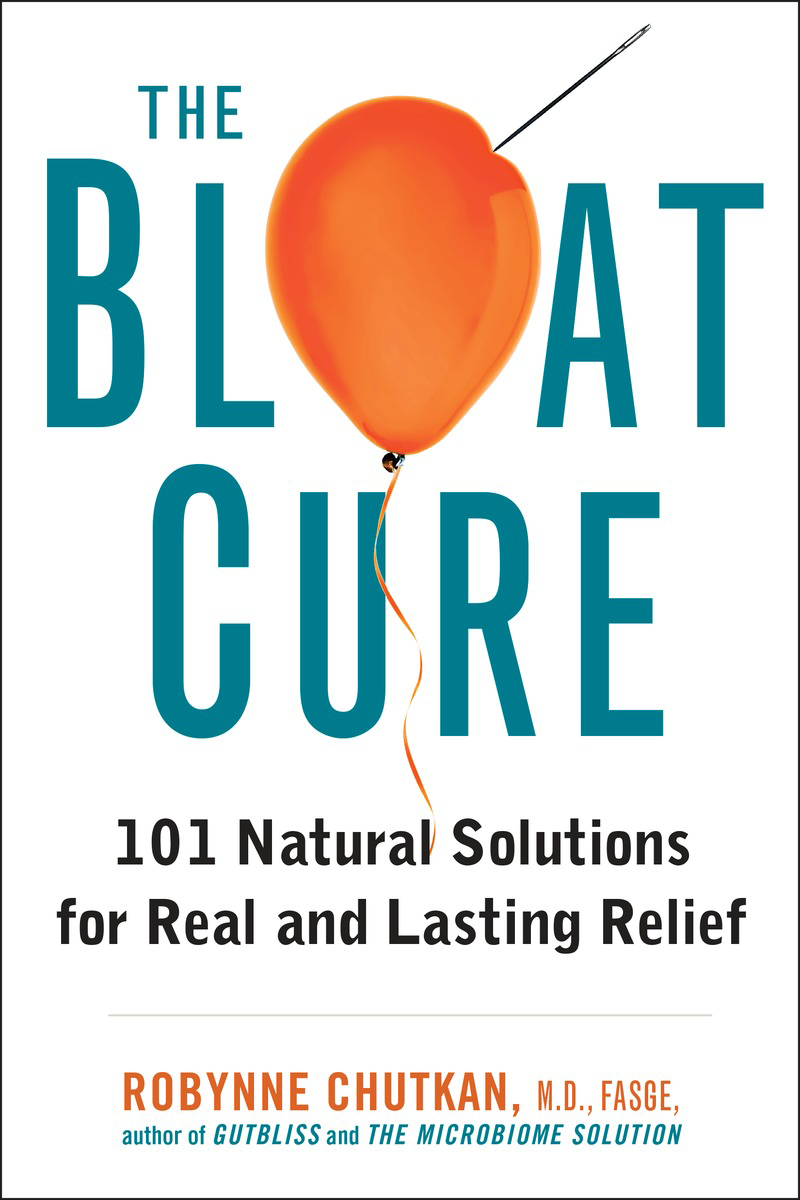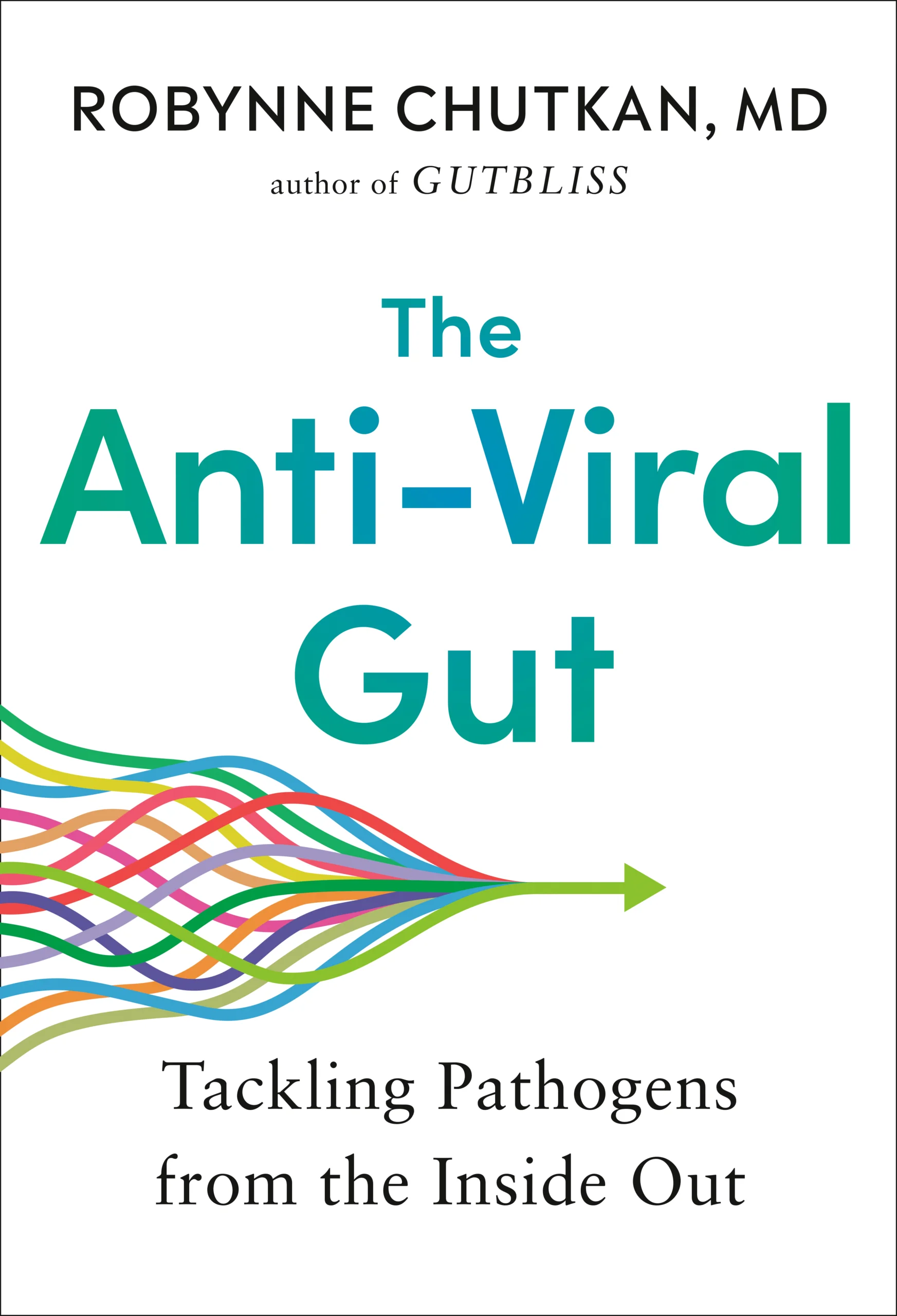Introduction
When you think about gut health, you may be focused on “good bacteria” and adding more microbes to your gut with things like probiotics, yogurt, kombucha, and even fecal transplants.
But here’s the problem: most of the time those new microbes don’t stick around long enough to do you much good. And they don’t behave the same way in everyone’s body.
Scientists are learning that gut health isn’t just about which bacteria are present in your gut. It’s about the environment they live in — the “soil” of your digestive system. If that soil is unhealthy, the “seeds” (microbes) won’t flourish.
A recent review article shows that problems in the gut often start with changes in the environment: things like oxygen levels, the mucus layer, and the integrity of your gut lining. These changes make it easier for “bad” bacteria to gain a foothold.
This future of gut health may be less about adding in more microbes, and more about creating a healthy home for the ones that are already there to thrive in.
Old vs. New
The old way of looking at gut health includes:
- Probiotics to add good bacteria
- Prebiotic supplements to feed the bacteria
- Combining pre- and probiotics
The problem here is that results are mixed and often not impressive. Probiotics don’t always result in meaningful repopulation, and what works for one person doesn’t always work for another.
The new way of looking at gut health includes:
- The gut environment: mucus lining, oxygen balance, immune signals, and nutrients
- Ways to cultivate a healthy environment so that good bacteria will grow naturally
Four Keys to a Healthy Gut Environment:
1. Mucus & Barrier: Your gut has a mucus layer that works like a slippery shield. It protects your gut wall and provides food for certain bacteria.
- The mucus layer is two-fold, an inner layer that keeps most bacteria out and an outer layer where microbes live.
- If mucus thins, bacteria get too close to the gut wall. This can cause inflammation and disease.
- Diet matters. When fiber is low, some microbes eat the mucus itself, making the barrier weaker.
2. Oxygen Balance: Most healthy gut bacteria prefer little to no oxygen.
- Normally, the colon is low in oxygen.
- But if inflammation or damage happens, oxygen leaks in.
- This gives “bad” bacteria like E. coli the chance to grow.
3. Nutrient Sharing: Microbes don’t just live alone. They share food. One microbe’s waste is another’s meal.
- If this chain breaks — for example, when fiber or good bacteria are missing — the whole system weakens.
- A common problem: when butyrate-making bacteria are lost (think low-fiber diet), the gut wall doesn’t get the energy it needs. The barrier becomes weaker.
4. Immune Signals: The immune system is like a referee in the gut.
- It keeps peace by using special molecules like IgA to control bacteria.
- If the immune system is too aggressive, diversity drops.
- If it’s balanced, good bacteria thrive.
How to Support the Gut Environment
Diet & Lifestyle
- Eat lots of fiber from different plants. Simple but highly effective – feeds good bacteria and protects mucus.
- Enjoy polyphenols from berries, cocoa, tea – they act like antioxidants and support the gut.
- Sleep and daily rhythm matter. Your microbes follow your body’s clock.
- Exercise strengthens your gut barrier and boosts microbial diversity. Shoot for 30 minutes of moderate exercise most days.
Strengthening the Barrier
- Nutrients like zinc (pumpkin and hemp seeds, chickpeas, cashews, and lentils), vitamin A (dark leafy greens, orange and yellow vegetables, red bell peppers, mangos, and cantaloupe), and omega-3 fats (flaxseeds, chia seeds, walnuts, edamame, and seaweed) optimize gut wall health – get them from food for maximal efficacy.
- Special fibers and compounds can thicken the mucus. These include gel-forming foods (flaxseeds, chia seeds, psyllium husk, and okra), soluble fiber rich foods (oats, legumes, apples, pears, and citrus fruits), and root vegetables (sweet potatoes, carrots, and beets).
- New therapies, like butyrate enemas, are being studied – especially for inflammatory conditions like ulcerative colitis.
Modifying Nutrients & Metabolites
- Prebiotics can be designed to boost certain helpful compounds, like butyrate.
- Scientists are even testing direct delivery of these compounds into the gut.
Challenges
- Everyone’s gut is different. There’s no “one size fits all.”
- It’s hard to measure mucus, oxygen, and nutrients in people’s guts.
- We still don’t know which comes first: the environment changes or the microbes shift.
- Most research is still in animals — more human trials are needed.
Take-Home Tips
- Think of your gut like a garden. The soil matters as much as the seeds.
- Eat a variety of plant foods to feed and protect your microbes.
- Avoid too much alcohol, ultra-processed foods, and chronic stress — all damage the gut environment.
- Remember: probiotics can help, but only if the soil is healthy.
Conclusion
Gut health is about more than just adding bacteria. It’s about making sure the gut environment — the “soil” — is strong. When you take care of the mucus, the barrier, and the nutrients, the right microbes will thrive on their own.
In short: nurture the soil, and the seeds will grow!
References:
Donaldson, G. P., Lee, S. M., & Mazmanian, S. K. (2024). The human gut microbiome in health and disease: Time for a new chapter? Infection and Immunity, 92(7), e00302-24. https://doi.org/10.1128/iai.00302-24
Paone, P., & Cani, P. D. (2020). Mucus barrier, mucins and gut microbiota: The expected slimy partners? Gut, 69(12), 2232–2243. https://doi.org/10.1136/gutjnl-2020-322260
Schroeder, B. O., & Bäckhed, F. (2024). Gut goo: Physiology, diet, and therapy of intestinal mucus and biofilms. Clinical Gastroenterology and Hepatology, 22(3), 421–433. https://doi.org/10.1016/j.cgh.2024.01.005
Johansson, M. E. V., & Hansson, G. C. (2023). Intestinal mucus and their glycans: A habitat for thriving microbiota. Cell Host & Microbe, 31(5), 603–617. https://doi.org/10.1016/j.chom.2023.04.007

